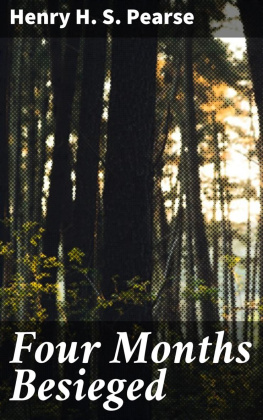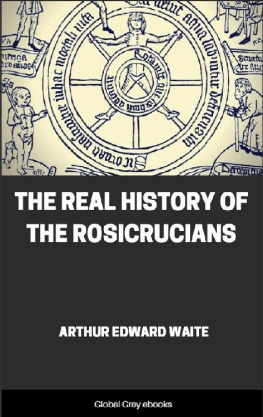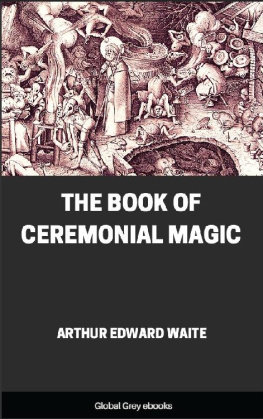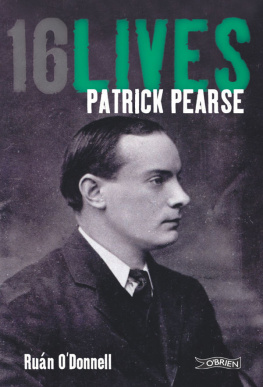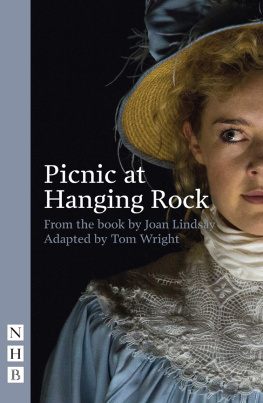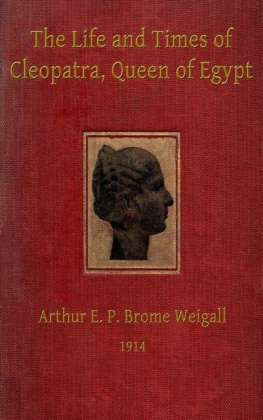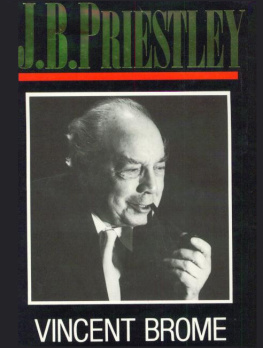The Treasury of Ancient Egypt
Miscellaneous Chapters on Ancient Egyptian History and Archology
Arthur Edward Pearse Brome Weigall
Contents:
Ancient Egyptian Religion
The Treasury Of Ancient Egypt
Preface.
Part I - The Value Of The Treasury.
Chapter I. The Value Of Archology.
Chapter Ii. The Egyptian Empire.
Chapter Iii. The Necessity Of Archology To The Gaiety Of The World.
Part Ii. Studies In The Treasury.
Chapter Iv. The Temperament Of The Ancient Egyptians.
The Treasury of Ancient Egypt, A. E. Weigall
Jazzybee Verlag Jrgen Beck
86450 Altenmnster, Loschberg 9
Germany
ISBN: 9783849641276
www.jazzybee-verlag.de
www.facebook.com/jazzybeeverlag
admin@jazzybee-verlag.de
Ancient Egyptian Religion
An Essay by Eugne Hyvernat (1858 1941)
God and man, those two essential terms of every religion, are but imperfectly reflected in the Egyptian religious monuments. A book similar in scope to our Bible certainly never existed in Egypt, and if their different theological schools, or the priests of some particular theological school, ever agreed on certain truths about God and man, which they consigned to official didactic writings, such writings have not reached us. Nor is the vast body of religious monuments bequeathed to us by ancient Egypt of such a nature as to compensate for this lack of positive and systematic information. The figured and inscribed monuments discovered in the temples, and especially in the tombs, acquaint us with the names and external aspects of numerous deities, with the material side of the funerary rites, from which we may safely conclude that they admitted the dependency of man on superior beings, and a certain survival of man after death. But as to the essence of those gods, their relation to the world and man as expressed by the worship of which they were the objects, the significance and symbolism of the rites of the dead, the nature of the surviving principle in man, the nature and modes of the survival itself as depending on earthly life, and the like, the monuments are either silent about or offer us such contradictory and incongruous notions that we are forced to conclude that the Egyptians never evolved a clear and complete system of religious views. What light can be brought out of this chaos we shall concentrate on two chief points:
The Pantheon, corresponding to the term God; and
The Future Life, as best representing the term Man.
(a) The Egyptian Pantheon.By this word we understand such gods as were officially worshipped in one or more of the various nomes, or in the country at large. We exclude, therefore, the multitude of daemons or spirits which animated almost everything man came in contact withstones, plants, animalsand the lesser deities which presided over every stage of human lifebirth, naming, etc. The worship they received was of an entirely local and private nature, and we know almost nothing of it.
Each nome had its own chief deity or divine lord, male or female, apparently inherited from the ancient tribes. With each deity an animal, as a rule, but sometimes also a tree or mineral, was associated. Thus Osiris of Busiris was associated with a pillar, or the trunk of a tree; Hathor of Denderah, with a sycamore; Osiris of Mendes, with a goat; Set of Tanis, with an ass; Buto of the city of the same name, with a serpent; Bast of Bubastis, with a cat; Atm, or Tn, of Heliopolis, with a serpent, a lion, or possibly, later the bull Mnevis; Ptah of Memphis, with the bull Apis; Sovek, in the Faym and at Ombos (Km Ombo), with a crocodile; Anubis of Assit, with a jackal; Thoth of Hermopolis, with an ibis or a baboon; Amon of Thebes, and Chnm, at the Cataract, with a ram; Horus of el-Kab and Edfu, with a hawk. According to some scholars, this association at first was merely symbolical; it was not till the Nineteenth Dynasty that sacred animals, having gradually come to be considered as incarnations, or at least as dwelling-places, of the various gods, began to be worshipped as gods (Breasted, "Hist. Anc. Egypt.", 59, 324). But this view, once quite common, is now generally abandoned, and fetishistic animal-worship is now considered as the true basis of the Egyptian religion [cf. Chantepie de la Saussaye, "Lehrbuch der Religionsgeschichte" (1905), I, 194 sqq.]. In any case the origin of the association of certain animals with certain gods, whether symbolical or not, is unknown; as a rule, the same may be said of the various attributes of the various gods or goddesses. We understand that Thoth, being a lunar god, could have been considered the god of time, computation, letters, and science (although we do not know how, being associated with the ibis or a baboon, he became a lunar god); but we do not see why the ram-god Chnm should have been represented as a potter, nor why the cow-goddess, Hathor, and the cat-goddess, Bast, were identified with beauty, joy, and love, while the lioness-deity, Sekhmet, was the goddess of war, and Neith was identified both with war and with weaving. The names of the gods, as a rule, give no clue. At an early date the crude primitive fetishism was somewhat mitigated, when the deities were supposed to reside in statues combining human figures with animal heads.
Triads.In other respects gods and goddesses were imagined to be very much like men and women; they ate, drank, married, begat children, and died. Each nome, besides its chief god or goddess, had at least two secondary deities, the one playing the part of a wife or husband to the chief deity, the other that of a son. Thus, in Thebes the group of Amon, Mt (or Ament), and Chons; in Memphis the group of Ptah, Sekhmet, and Nefertem; etc. Sometimes the triad consisted of one god and two goddesses, as at Elephantine, or even of three male deities. Those groups were probably first obtained by the fusion of several religious centers into one, the number three being suggested by the human family, or possibly by the family triad Osiris, Isis, and Horus, of the Osiris cycle. In some cases the second element was a mere grammatical duplicate of the first, as Ament, wife of Amen (Amon), and was considered as one with it; it was then natural to identify the son with his parents, and so arose the concept of one god in three forms. There was in this a germ of monotheism. It is doubtful, however, whether it would ever have developed beyond the limits of henotheism but for the solar religion which seems to have sprung into existence towards the dawn of the dynastic times, very likely under the influence of the school of Heliopolis. But before we turn to this new phase of the Egyptian religion, we must consider another aspect of the ancient gods which may have furnished the first basis of unification of the various local worships.
The Gods of the Dead.Gods, being fancied like men, were, like them, subject to death, the great leveller. Each community had the mummy of its god. But in the case of gods, as in that of men, death was not the cessation of all life. With the assistance of magical devices the dead god was simply transferred to another world, where he was still the god of the departed who had been his devotees on earth. Hence two forms of the same god, frequently under two different names which eventually led to the conception of distinct gods of the dead. Such were Chent-Ament, the first of the Westerners (the dead) at Abydos, Sokar (or Seker), probably a form of Ptah, at Memphis. Sometimes, however, the god of the dead retained the name he had before, as Anubis at Assiut, Khonyu at Thebes, and Osiris, wherever he began to be known as such.



